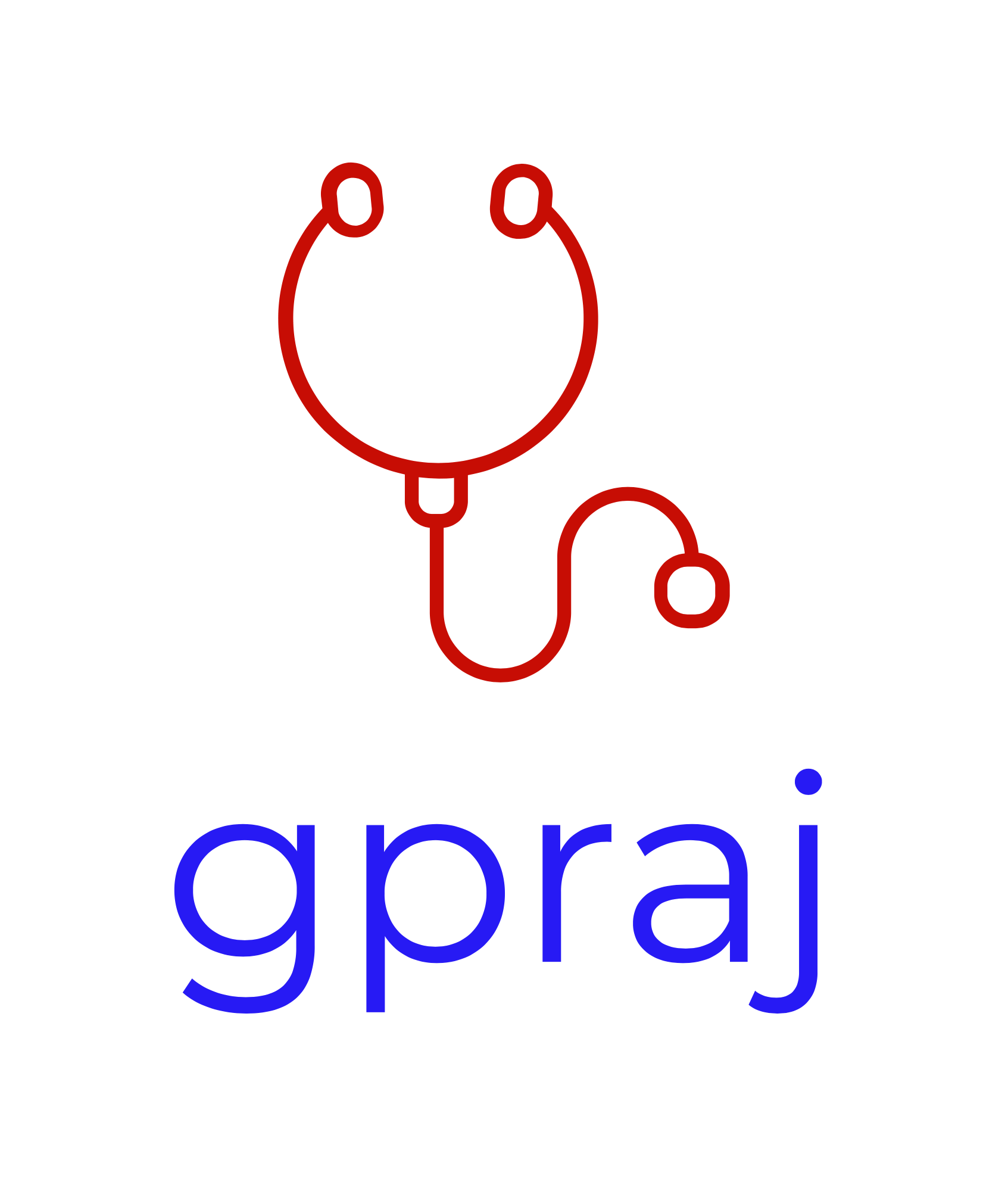Sinusitis
Definition
Sinusitis is defined as symptomatic inflammation of the paranasal sinuses.
Acute sinusitis is usually triggered by a viral upper respiratory tract infection.
Symptoms and signs
Nasal blockage
Nasal discharge or discoloured/purulent nasal discharge
Facial pain/pressure (or headache)
Reduction of the sense of smell
Tenderness over the sinuses
Fever
Differential diagnosis
Upper respiratory tract infection
Allergic rhinitis — usually restricted to nasal symptoms: sneezing; watery nasal discharge; nasal itching; and itchy, watery eyes.
Nasal foreign body — unilateral mucopurulent discharge or blockage (more common in children).
Adenoiditis and tonsillitis (particularly in children)
Sinonasal tumour — persistent unilateral symptoms, such as nasal obstruction, nasal discharge or nosebleeds, crusting, or facial swelling.
Turbinate hypertrophy — nasal obstruction is the predominant symptom.
Migraine
Giant cell arteritis (temporal arteritis)
Temporomandibular joint dysfunction.
Neuropathic or atypical facial pain such as trigeminal neuralgia.
Dental pain or dental abscess.
Classification
Acute sinusitis
Symptoms last >10d but <12w
Objective evidence of sinonasal inflammation on examination.
Treatment
High-dose nasal corticosteroids
Antibiotics
Chronic sinusitis
Symptoms last>12 weeks
Predisposing factors:
Allergic rhinitis
Asthma
Immunosuppression.
Treatment
Managing any associated conditions
Avoid allergic triggers.
Nasal irrigation with saline solution.
Intranasal corticosteroids
Examination
Inspecting and palpating the maxillofacial area to elicit swelling and tenderness.
Performing anterior rhinoscopy (using the largest speculum of an otoscope, or a head light and nasal speculum) to identify:
Signs which support a diagnosis of acute sinusitis such as nasal inflammation, mucosal oedema, and purulent nasal discharge.
Associated pathology such as nasal polyps, or anatomical abnormalities such as septal deviation.
Recording pulse rate, blood pressure, and temperature if the person is systemically unwell.
Red Flag features warrant (urgent) referral to ENT
Unilateral symptoms (increases suspicion of neoplasia)
Epistaxis
Blood-stained discharge
Crusting
Orbital symptoms (such as periorbital cellulitis, diplopia or reduced visual acuity)
Neurological symptoms or signs (symptoms or signs of meningitis).
Symptoms indicating a severe systemic infection
Persistent symptoms despite compliance with 3 months of treatment.
Nasal polyps complicating assessment or treatment, particularly if present in children.
Recurrent episodes of otitis media and pneumonia in a child.
Treatment
Sinusitis symptoms<10d: antibiotics are usually not required
Sinusitis symptoms>10d:
High-dose intranasal corticosteroid (mometasone or fluticasone) for 14 days.
Antibiotics (5-day course)
No penicillin allergy
First line: phenoxymethylpenicillin, or if systemically very unwell co-amoxiclav.
Second line (no improvement with 2d antibiotic treatment): co-amoxiclav
Penicillin allergy or intolerance
First line: doxycycline or clarithromycin (erythromycin in pregnancy).
Second line (no improvement with 2d antibiotic treatment): consult local microbiologist.
